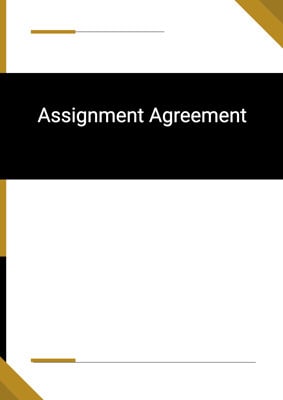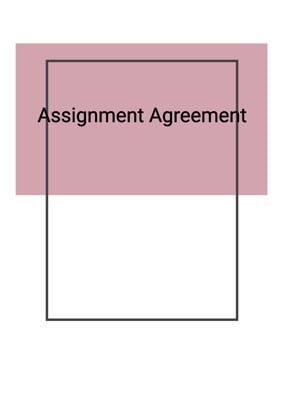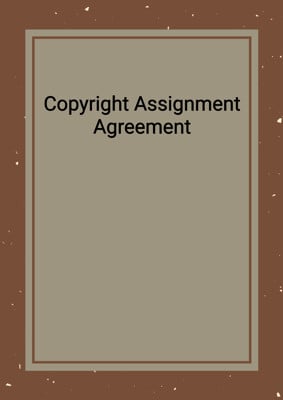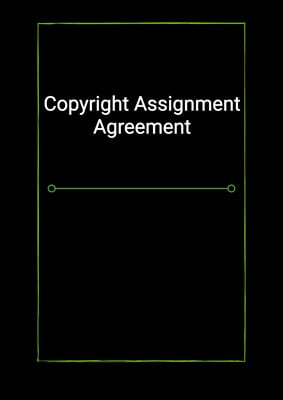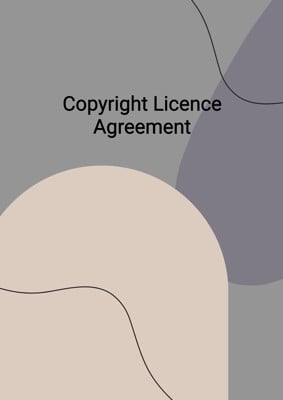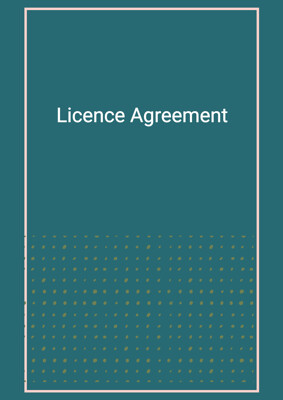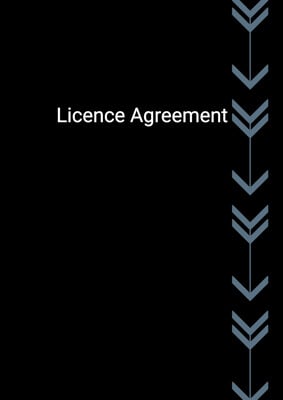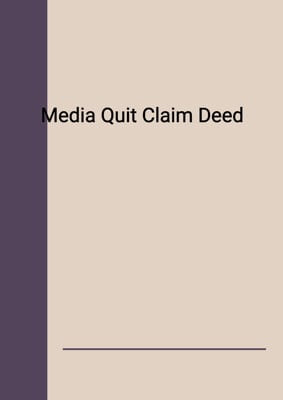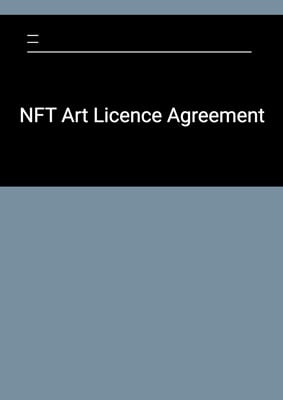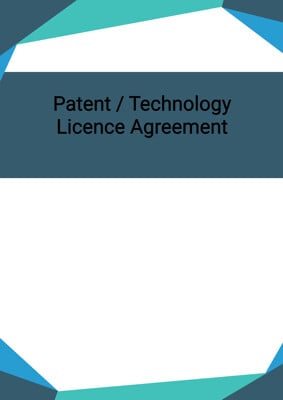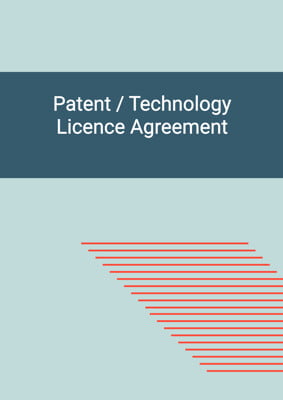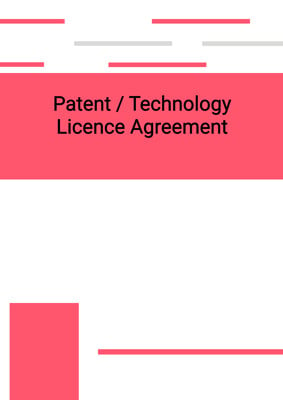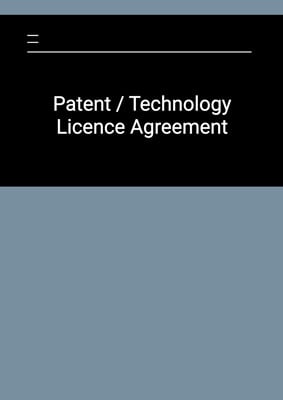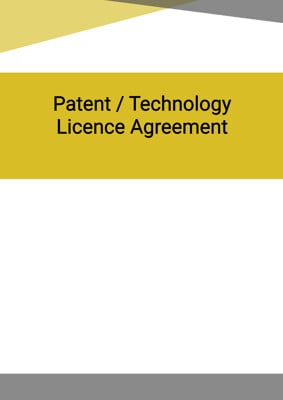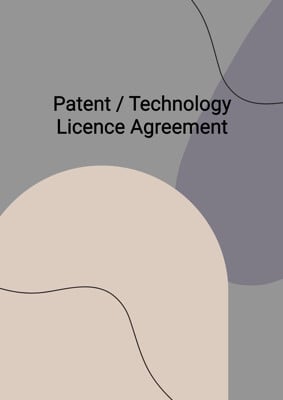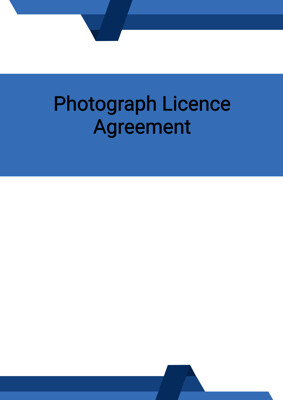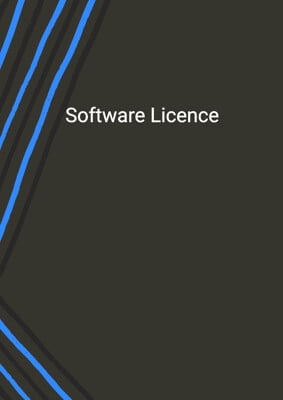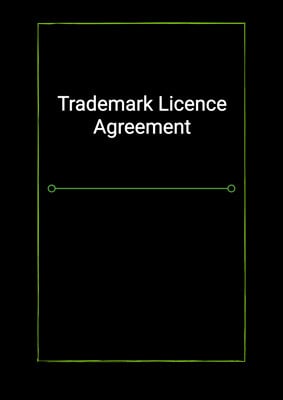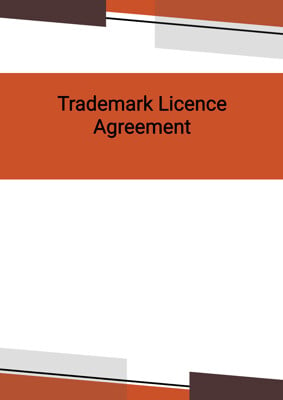How to Tailor the Document for Your Need?
01
Create Document
Fill in the details of the parties. You can click the "Fill with Member’s Information" button to complete it with information saved to your account.
02
Fill Information
Please fill in any additional information by following the step-by-step guide on the left hand side of the preview document and click the "Next" button.
03
Get Document
When you are done, click the "Get Document" button and you can download the document in Word or PDF format.
04
Review Document
Please get all parties to review the document carefully and make any final modifications to ensure that the details are correct before signing the document.
Document Preview
Document Description
This Trademark Licence Agreement is a legal document that grants the licensee the right to use the licensor's trademarks. The agreement is entered into between the licensor, who is the owner of the trademarks, and the licensee, who wishes to use the trademarks. The agreement highlights the importance of the document by emphasizing the exclusive rights granted to the licensee and the obligations of both parties.
The entire document is divided into several sections, each addressing different aspects of the agreement. The first section, titled 'Interpretation,' provides definitions for key terms used throughout the agreement. This ensures clarity and understanding of the terms used.
The second section, titled 'Grant of Licence,' outlines the specific rights granted to the licensee. It specifies that the licensee has the right to use the trademarks on or in relation to the licensed products or services in the specified territory. The section also mentions the licensee's right to sub-license the trademarks.
The third section, titled 'Maintenance of Trademarks,' explains the responsibilities of the licensor in maintaining the registrations for the trademarks in the territory. It also outlines the licensee's obligation to provide assistance to the licensor in preparing evidence of the licensee's use of the trademarks.
The fourth section, titled 'Payment of Royalties' or 'Payment of Licence Fee,' depending on the chosen payment structure, describes the financial obligations of the licensee. It specifies the timing and calculation of royalty payments or the one-time licence fee payment.
The fifth section, titled 'Conditions of Use,' sets out the guidelines for using the trademarks. It emphasizes the importance of adhering to brand guidelines or reasonable directions and standards provided by the licensor.
The sixth section, titled 'Approval and Inspection,' outlines the licensor's right to request samples of products and materials using the trademarks. It also grants the licensor the right to inspect the licensee's premises to ensure compliance with the agreement.
The seventh section, titled 'Ownership,' clarifies that the licensor retains exclusive ownership of the trademarks. It also states that the licensee does not acquire any rights, title, or interest in the trademarks, except for the rights specifically granted under the agreement.
The eighth section, titled 'Infringement,' requires both parties to notify each other of any actual or suspected infringement of the trademarks. It also outlines the licensee's rights and remedies in case of infringement.
The ninth section, titled 'Confidential Information,' imposes obligations on both parties to keep the terms of the agreement and any confidential information disclosed during the agreement confidential.
The tenth section, titled 'Indemnity,' includes warranties from both parties regarding their authority and ownership of the trademarks. It also outlines the indemnification obligations of each party in case of any claims or losses arising from a breach of the agreement.
The eleventh section, titled 'Duration of Agreement,' specifies the duration of the agreement, which can be a fixed term, a continuing term, or a renewable term. It also addresses the extension of the term for each registered trademark.
The twelfth section, titled 'Termination,' outlines the circumstances under which either party can terminate the agreement. It includes provisions for termination due to breach, insolvency, or other events that may affect the parties' ability to fulfill their obligations.
The thirteenth section, titled 'Consequences of Termination,' explains the actions required upon expiry or termination of the agreement. It specifies the cessation of the licensee's use of the trademarks and any exceptions for promotional materials or existing stock.
The fourteenth section, titled 'Assignment and Other Dealings,' addresses the rights of the licensee to assign, transfer, or charge its rights and obligations under the agreement. It also outlines the licensor's consent requirements for any such dealings.
The fifteenth section, titled 'Resolving Disputes,' provides a process for resolving any disagreements between the parties. It encourages amicable resolution and escalation to higher-level representatives or mediators if necessary.
The sixteenth section, titled 'Notices and Service,' specifies the methods and deemed times of serving notices between the parties. It also provides the contact details for each party.
The seventeenth section, titled 'Waivers,' clarifies that no failure or delay in exercising any right or remedy under the agreement shall be deemed a waiver of that right or remedy.
The eighteenth section, titled 'Remedies Cumulative,' confirms that the rights and remedies of each party under the agreement are cumulative and in addition to their rights under general law.
The nineteenth section, titled 'Amendment,' states that any variations to the agreement must be in writing and signed by both parties. It also clarifies that any variations shall not affect rights, obligations, or liabilities that have already accrued.
The twentieth section, titled 'Severability,' ensures that if any provision of the agreement is deemed illegal, void, or unenforceable, it shall be disregarded without affecting the remaining provisions.
The twenty-first section, titled 'Force Majeure,' relieves both parties from liability for any failure or delay in performing their obligations due to causes beyond their reasonable control.
The twenty-second section, titled 'Entire Agreement,' confirms that the agreement constitutes the entire understanding between the parties and supersedes any prior representations or warranties.
The twenty-third section, titled 'Legal Relationship,' clarifies that the agreement does not create a partnership or agency relationship between the parties.
The twenty-fourth section, titled 'No Rights under Contracts for Third Parties,' states that no third party has the right to enforce any terms of the agreement.
The twenty-fifth section, titled 'Governing Law and Jurisdiction,' encourages the parties to resolve disputes amicably. It also specifies the governing law and jurisdiction for any legal proceedings.
The agreement concludes with sections on 'Counterparts,' which allows the agreement to be executed in multiple counterparts, and 'Schedule,' which lists the registered trademarks, applications, and unregistered trademarks referred to in the agreement.
How to use this document?
To use this Trademark Licence Agreement, follow these steps:
1. Review the entire agreement to understand the rights and obligations of both parties.
2. Ensure that the agreement accurately reflects the details of the licensor and licensee, including their principal places of business.
3. If applicable, review and agree upon any brand guidelines that specify the permitted form and manner of using the trademarks.
4. Determine whether the licence is exclusive, non-exclusive, sole, or other, based on the desired rights and restrictions.
5. Specify whether the licence is for products or services, and ensure that the definition aligns with the intended use.
6. Agree upon the payment structure, whether it is a royalty based on net sales or a one-time licence fee.
7. Determine the timing and frequency of royalty payments, or the deadline for the one-time licence fee payment.
8. Clarify any additional conditions of use, such as restrictions on the licensee's activities that could damage the goodwill of the trademarks.
9. Prepare samples of products or materials using the trademarks for the licensor's approval.
10. Allow the licensor to inspect the licensee's premises to ensure compliance with the agreement.
11. Understand and acknowledge that the licensor retains exclusive ownership of the trademarks, and the licensee does not acquire any rights beyond those granted in the agreement.
12. Notify each other promptly of any actual or suspected infringement of the trademarks, and provide assistance in resolving any claims or actions.
13. Keep all terms of the agreement and any confidential information disclosed during the agreement confidential.
14. Ensure that both parties have the necessary authority and ownership of the trademarks to enter into the agreement.
15. Indemnify each other against any losses or claims arising from a breach of the agreement or infringement of third-party rights.
16. Determine the duration of the agreement, whether it is a fixed term, continuing term, or renewable term.
17. Comply with the termination provisions, including providing notice and ceasing use of the trademarks upon expiry or termination.
18. Seek legal advice if there are any disputes or disagreements regarding the interpretation or performance of the agreement.
Please note that this guidance is for informational purposes only and does not constitute legal advice. It is recommended to consult with a legal professional to ensure compliance with applicable laws and regulations.
Not the right document?
Don’t worry, we have thousands of documents for you to choose from:

